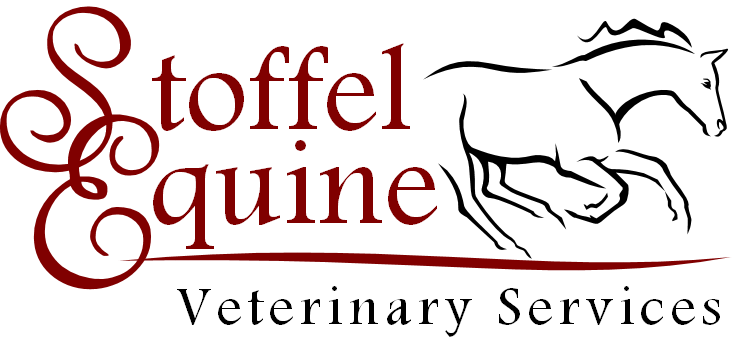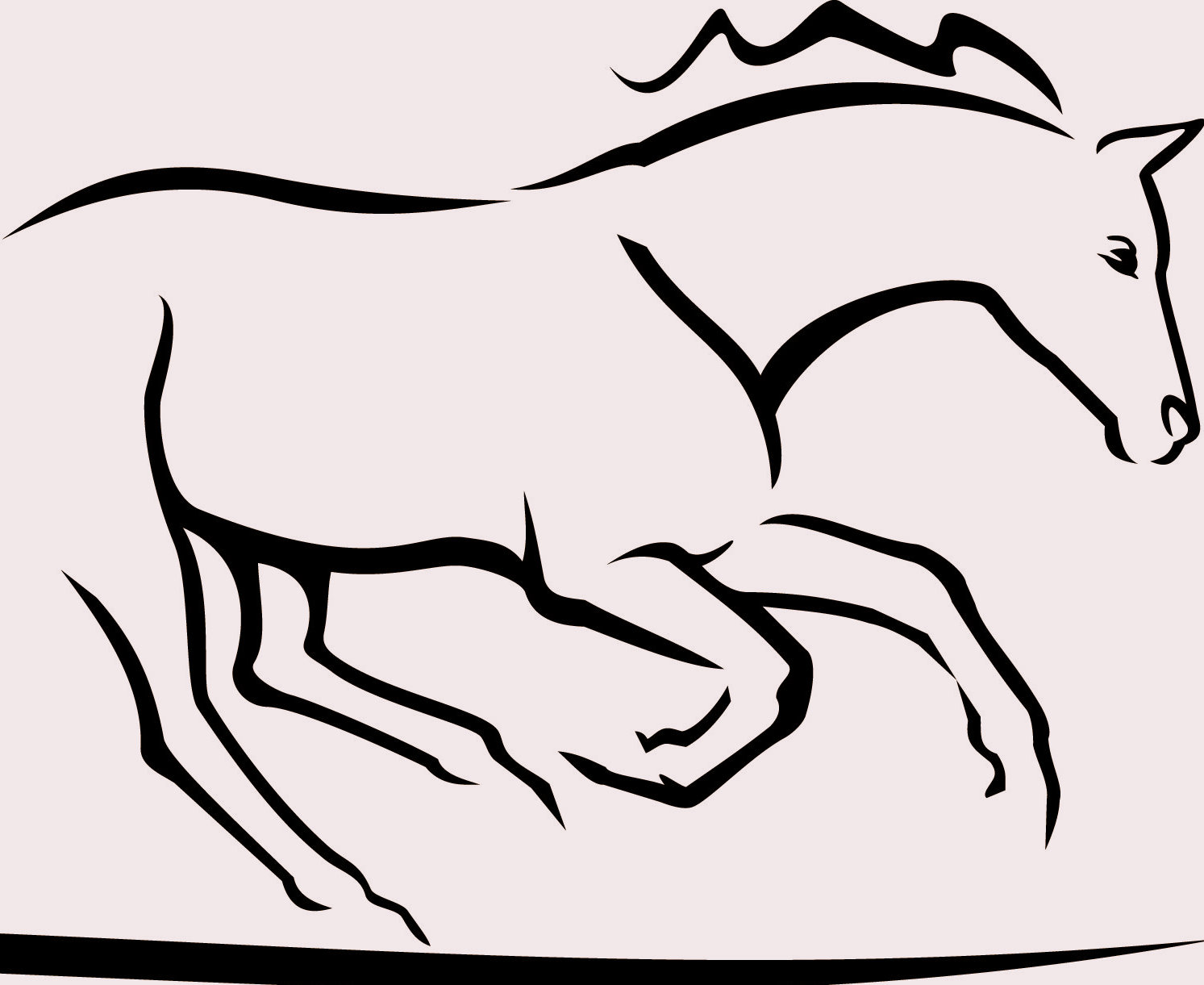
Managing equine feet and any problems that arise in them requires a balance of science and art. While there’s a collection of hard data about the horse hoof, each individual horse—even each foot—is different. The best approach is an integrated one, in which veterinarians and farriers work together to find hoof care solutions.
But it’s rarely that straightforward. Hoof care methods, from basic barefoot trims to high-tech shoes, vary from farrier to farrier and practitioner to practitioner. To that end, organizers of the American Association of Equine Practitioner’s (AAEP) Annual Convention, held last year in Las Vegas, offered attendees the option to participate in a one-day off-site AAEP Podiatry Workshop.
Approximately 150 veterinarians and farriers spent the first half of the day in lectures and the second half in wet labs, where world-renowned podiatry presenters evaluated and shod several challenging equine cases. Topics presenters covered included hoof biomechanics, imaging, shoeing the “normal” foot, and farrier/veterinarian perspectives on the most common equine foot issues, specifically club feet, underrun heels (long-toe, low heels), mismatched feet, and sheared heels. The Horse sat in to bring you the highlights from this in-depth, information-packed workshop.
Andrew Parks, MA, Vet MB, MRCVS, Dipl. ACVS, of the University of Georgia, in Athens, opened the workshop with a presentation about biomechanics—the study of the mechanical laws relating to the movement or structure of living organisms—and what constitutes “normal” in horse hooves. He defined specific hoof-related terms and created a baseline for the rest of the day’s discussions. (If it’s been a while since you took a physics course, stick with us—these general concepts help provide a basic understanding of how the hoof works and adapts to force.)
Parks presented four basic physics concepts related to hoof biomechanics:
1. Ground reaction force (GRF)
Weight is the force an object exerts on the ground, and it’s opposed by an equal and opposite force, which is the GRF. Here, the hoof is the object.
“In the case of the horse’s foot, force is exerted from the ground at every point of contact,” Parks said. “In order to make the study of the forces of the ground simpler to understand … all the individual forces are summed together and presented as a vector (a quantity that has both magnitude and direction).”
2. The center of pressure (COP)
The point at which the GRF acts is called the COP. If weight is distributed evenly across the surface of the foot, the center of pressure would be in the middle, and most of the time, the COP is near the middle of the foot. “If you balance an object, such as a basketball, on the tip of your finger, the weight of the ball is evenly distributed on all sides of your finger or it would fall off,” Parks described as an example. “For the basketball to stay on the tip of your finger, the tip of your finger has to be at the center of pressure.”
3. Distribution of force (DOF)
When a shod horse is standing on pavement, his weight is clearly concentrated around the foot’s periphery (outer edge). If you take the same horse barefoot and stand him on sand, his weight is broadly distributed across the ground surface of the foot. Even though the DOF is different between the two, the center of pressure is in the middle of the foot because the weight is distributed evenly about the center of the foot.
“It just happens that in the shod horse on blacktop, the center of pressure isn’t actually touching the ground,” Parks said. “There are circumstances under which the weight/GRF isn’t evenly distributed about the center of the foot, such as standing on the edge of a curb or a slope … and when this occurs, the center of pressure is no longer in the center of the foot.”
4. Distal interphalangeal joint (DIPJ, or coffin joint) moment
In physics, a moment or torque is a force’s tendency to cause a body to rotate about an axis. Parks used a teeter-totter as an example.
“We all know from when we were kids that if you are on
one end and a larger older sibling was on the other, the
teeter-totter tips down on the older sibling’s side,” Parks said.
“The teeter-totter pivots about its center, its axis of rotation.
Both kids are exerting a downward force on their ends. The downward
force exerted by each kid is their weight multiplied by half the
length of the teeter-totter (i.e., how far they are from the axis
of rotation). Therefore, because the older child is heavier and the
length of the teeter-totter is the same on both ends, there is a
greater force on his end, and it dips. You probably also remember
that if the older child moves toward the center of the
teeter-totter, it is possible to restore the balance between the
two sides. This is because the weight of the older child multiplied
by the length of the shorter lever arm now equals that of the
younger child.”
What does it all have to do with the horse’s hoof? Well, the hoof and coffin bone rotate about the DIPJ, which is the joint where the coffin bone and the short pastern meet. The GRF is pushing the front half of the foot up, and the deep digital flexor tendon, which is attached to the underside of the coffin bone and runs up the back of the leg, is pulling the back half of the foot up.
“These two forces create moments about the joint just like the children on the teeter-totter,” Parks explained.
For the foot to be stationary on the ground, just like a balanced teeter-totter, the two forces must be equal. Movement of the foot occurs when these two moments are no longer balanced, just like when the teeter-totter drops on one side. “In fact, a horse deliberately contracts its muscles to increase the tension in the tendon to change the balance between the moments about this joint to make the horse move,” he said.
All these physical principles take place when the horse is in motion, transferring weight from foot to foot during the walk, trot, canter, or alternative strides (e.g, tolt, pace, etc.). No matter the gait, Parks said, the normal horse’s hoof goes through four phases during a stride:
As the horse’s foot moves through these phases, the weight borne by the limb changes constantly; it is greatest during the stride’s support phase. While veterinarians and researchers have a good picture regarding weight-bearing during the stride, what happens to the center of pressure as the horse moves, and the moments present during the stride, they don’t have a complete understanding of how weight actually gets from the ground through the hoof to the bones of the limb.
“If it were known, it might provide insight into what happens in horses with thin soles or laminitis,” Parks said
This is all great in theory when discussing the hypothetically normal horse, but these forces can cause problems if any abnormalities or imbalances—natural or manmade—develop in real life. When the hoof capsule is stressed, it deforms and displaces, and its growth rate decreases. Of course, farriers and veterinarians can use these observations to make assertions about why the stresses are abnormal and, with an understanding of foot biomechanics, start to formulate at therapeutic plan.


Other Articles
CT Scans Can Help Diagnose Stifle Lameness
Diagnosing And Treating Equine Neck And Back Pain
Fossil Evidence Of Laminitis In Ancient Horses
Hoof Anatomy: Outer Structures
Hoof Angles' Impact On Lameness Examined
Hoof Cracks: Types And
Treatment
Lameness Head To Foot: Lower
Limbs
Physical Exam Of The Horse
Hoof
Prepurchase Exams: A Health Care Must
The Latest Insights Into Managing Joint Disease In Horses
MRI Diagnostics: Uses And Limitations

Dr. Krystyna Stoffel, D.V.M.
651.226.6862
Nick Stoffel,
Farrier
651.270.1044
13014 265th Street, Welch, MN
55089
Contact Stoffel Equine Veterinary Services
Request
An
Appointment
with Stoffel Equine

Stoffel Equine is an ambulatory, equine exclusive veterinary practice focusing on lameness and performance issues.
We are dedicated to preventing, diagnosing and treating injuries and ailments of equine athletes. We provide customized services and care unique to your needs.
Stoffel Equine, brings the veterinary clinic to your front door, equipped with the latest equipment and technology. We diagnose and treat lameness problems on your farm with the portable, stall side, digital x-ray and ultrasound. This equipment provides immediate diagnosis of any abnormalities.
Our portable shockwave machine, also provides immediate treatment for soft tissue and some joint disease.
Our goal is to enhance your horse's quality of life.
Please contact us for more information, or to schedule
an appointment.
© Copyright 2011
Stoffel Veterinary Services